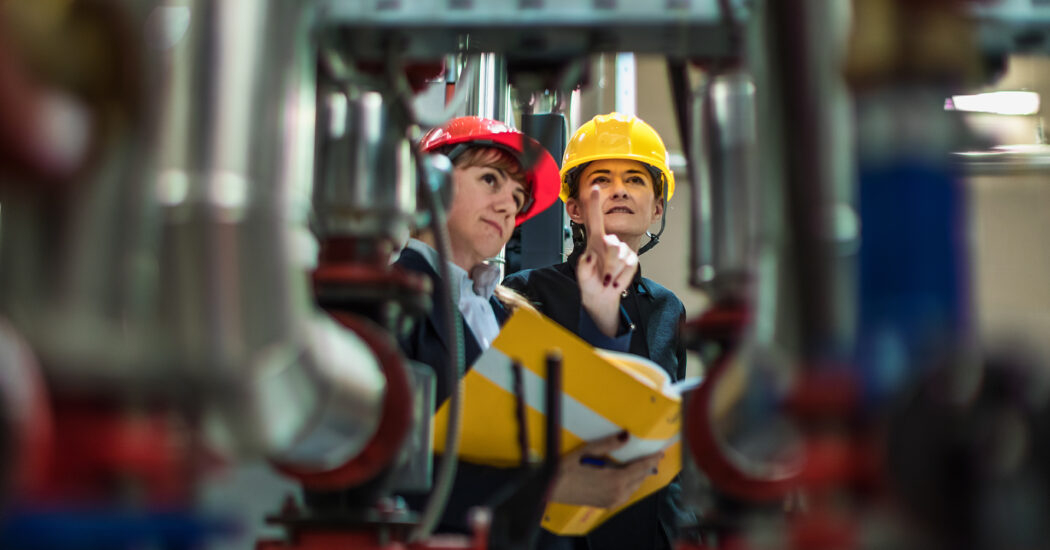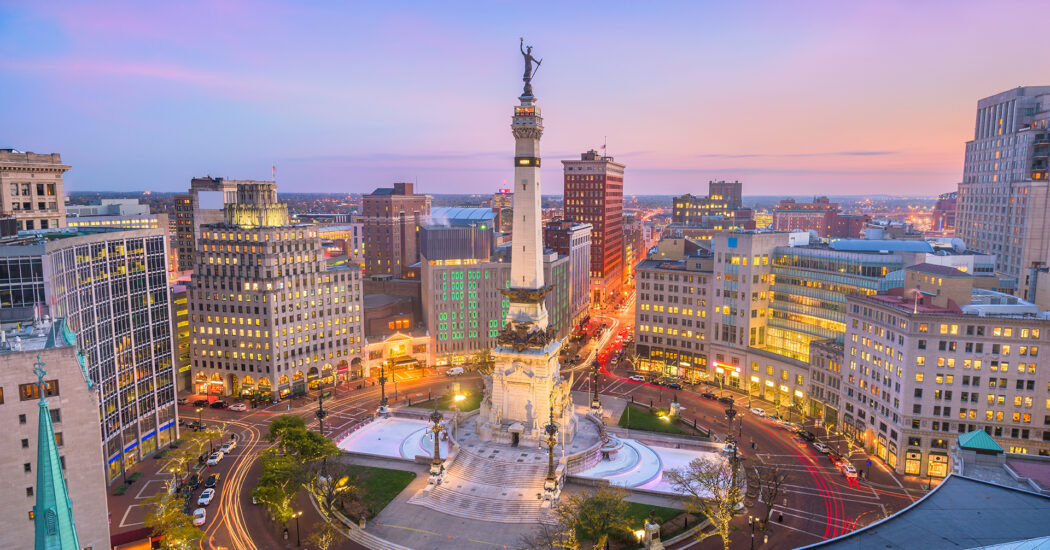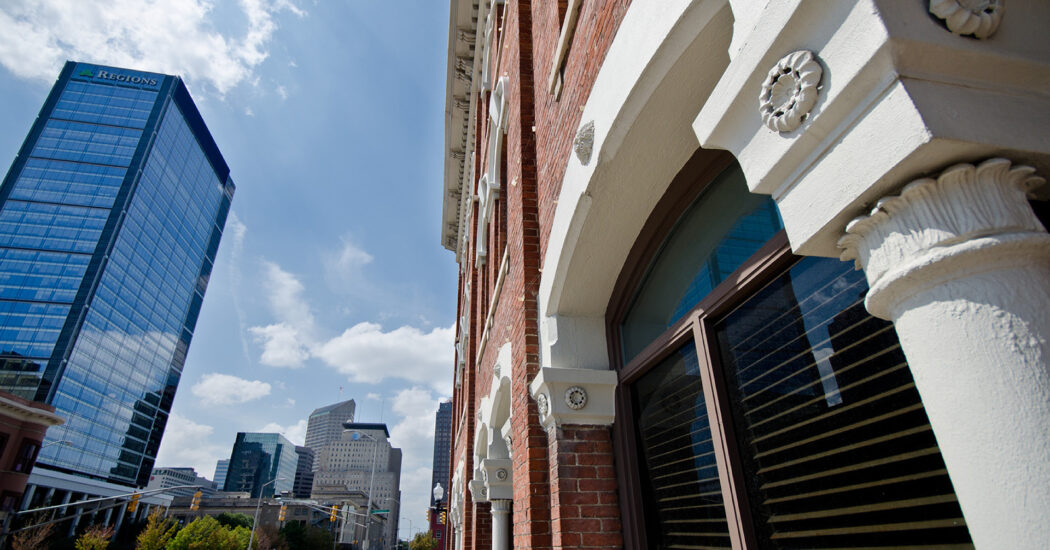Agriculture’s Leading Lady: A Conversation with Cindy Hoye
-
Category
Studio-Community, Perspectives, Innovation, Leadership -
Posted By
Schmidt Associates -
Posted On
Sep 11, 2023
A visionary leader and the executive director of the Indiana State Fair Commission, Cindy Hoye has left a mark on the cultural landscape of Indiana. For three weeks every summer, she assumes the mantle of the unofficial mayor of one of the most captivating towns in Indiana, presiding over the annual Indiana State Fair—a vibrant celebration that captures the essence of the Hoosier spirit. With an impressive tenure spanning over 35 years and continuing to flourish, Cindy has been a driving force behind the commemoration of agricultural heritage, cultivating a warm and inclusive community, and spotlighting all that makes Indiana exceptional.
As the leader of the Indiana State Fair Commission, Cindy’s commitment to honoring the rich legacy of Indiana’s agricultural past is palpable. Through her leadership, the fair has become a cherished tradition, intertwining history, innovation, and entertainment. Her role transcends that of an administrator; for those 18 days when the Indiana State Fair takes center stage, she orchestrates an experience that transcends mere spectacle, fostering a sense of belonging that resonates with visitors of all ages.
But Cindy’s aspirations extend beyond the summer. Her strategic vision has led her to champion the transformation of the Fairgrounds into a year-round destination for happiness. With tenacity and creative thinking, she spearheads initiatives that bolster annual attendance and diversify revenue streams so the Fairgrounds remain viable long after the summer sunsets. Read on to learn about Cindy’s unrelenting dedication to making happiness a permanent resident of the Indiana State Fairgrounds and her efforts to embody Indiana’s warmth, resilience, and boundless potential.
How did you get involved with State Fairs?
I grew up about 10 minutes from the Fairgrounds, and it’s kind of a funny story. One of my grandparents lived in Marcy Village, which is 46th Street, and the other grandparent lived across the street on 38th Street, so, somehow, I was surrounded and my calling must have been the Fairgrounds, but I grew up loving 4-H as one of maybe five kids at North Central in the 4-H Club and I had this great respect because of my great uncle for a love of animals and the land, and then I just got this great passion for fairs. I worked at the Texas State Fair as an intern, was a 4-H agent in Port Washington, Wisconsin, ran a small Fairgrounds up there, then moved onto the Wisconsin State Fair in special events and then came home to Indiana. I started in marketing and continued onward from there. I’ve just had this real love and passion for what fairs heartbeats are and what their souls are, and I’ve just continued to collect Fairs all over the world.
So as a kid growing up in urban Indianapolis, who inspired your love of animals and fair culture?
My family–my parents have always loved and understood the rhythm of agriculture and the land, even though we lived in the suburbs, and I didn’t grow up on a farm. My family just had a great admiration that was passed down to me.
Did your family encourage you to be a leader?
I think in any type of leadership, you think of the types of people you are surrounded by, what they do, and what their calling is. I look to my mom, who was not only my scout leader in Girls Scouts, but also my 4-H Club Leader. She taught me that it’s about developing kids from a very early age by setting agendas and aspiring to roles within that club, whether that’s the treasurer, secretary, vice president or president. So, at a very early age, I was set up to understand what growth was and what being a leader really meant.
So, what brought you back home to Indiana?
Back in the day, my dad clipped want ads from the paper, and he found one about this newly created position for a marketing director at the Indiana State Fair. He sent it to me and said, “I think it’s time for you to come home. You should apply for this.” So that’s the story. We also had a young child, so there was that necessity to be around family, and it was an opportunity in my career to keep growing and come home. I knew it was time and the right decision. That was over 35 years ago, but who’s counting?
And what has made you stay with the same organization?
This wonderful, iconic institution called the Indiana State Fairgrounds and Event Center—250 acres in the middle of urban Indianapolis, and this institution that is so important to the community and state. It’s a landscape of opportunity. While we’ve had some great successes and hit some incredible milestones, there’s so much more to go. We have a robust master plan, and we finished a strategic plan last year that will take us through 2025. That enthusiasm about growth, being bold, and continuing to evolve is exciting.
With the Indiana State Fair being such an old organization that is doing new and innovative things, how do you determine what to do next?
That’s such an interesting question because our customer, especially when you think about the Fair, they want their saltwater taffy at the same location that they got it years before. At the same time, they want something new to be beside the saltwater taffy stand, so there’s this constant balance between tradition and memory that we want people to preserve and cherish, and at the same time, giving them new experiences. So, if you talk to the team, they look at it as 70% stays the same and 30% always changes. Also, with that that 30%, we must look at where we can grow annually.
So, this past year, we saw the unveiling of the Indiana Farm Bureau Fall Creek Pavilion. How did you get it done?
It couldn’t have happened without this incredible team who has locked into the strategy, purpose, and passion, and are energized by it all—just like I am. One of the most unique and wonderful things about Indiana and the Indiana State Fairgrounds and Event Center is that countless governors over decades and decades, and many legislators over time have realized the importance of this institution for the citizens of Indiana and they have put the resources forward to make sure that we preserve and enhance it. We take care of its bones, but we continue to make it viable in today’s world. The Indiana Farm Bureau Fall Creek Pavilion took around seven years from start to finish, and there were challenges. But Schmidt Associates had a vision for what this building should be. The previous swine barn was the poster child for the design. When the Indiana State Fairgrounds were constructed in the late 1890s, they were built for fairgoers to bring their animals by train, and they didn’t have to worry about 55-foot trailers. To solve this challenge, Schmidt Associates architects designed a premiere, state-of-the-art facility that opens for livestock and serves as a multi-purpose building to host large events throughout the year. When we demoed the original building, 85% of the material was diverted from a landfill and historically preserved to become part of what you see today. I’m very grateful for that, and my team and I could not be happier with the Pavilion and how well-designed it is.
How do the Fairgrounds serve Indiana neighbors, stakeholders, and taxpayers throughout the year?
We’ve served a lot of different purposes, but the most important thing we did a long time ago was to decide on our purpose. We looked at ways to serve our employees and help the community, and that has been a win-win. We’re poised to host large-scale events such as the National Swine Registry, USA Track and Field, and many others. We have positioned ourselves as an educator, which is really what we’re all about anyway. We want people to walk away learning something new about agriculture that they didn’t expect to learn. We aim to have farmers intersect with the consumer and learn something, which is happening with the Fall Creek Pavilion.
To be that educator, what tools do you leverage to help you learn and grow?
As a leader, I rely a lot on my faith and my family, and I believe it’s important to focus on what you can control instead of things you can’t. My mom taught me to always throw my shoulders back, stand tall, and face things head-on while always striving to make things better. This has always been my foundation and is so important in leadership and growth. We should never stop learning and should always be open to it.
What do you do to recharge your mind?
One of the things I do is walk and get out into nature. I’ve always loved walking in the park because it clears your head. I also love to paint and spend time with my grandchildren. I’ve always been inspired by them, and I enjoy seeing how their eyes brighten from things that they learned at the Fairgrounds.
What is a book you believe everyone should read?
There’s a great book called “Leave Only Footprints” by Conor Knighton who goes on the road trip of a lifetime, visiting every national park in the country. Along the way, he discovers a lot about himself and tidbits that tie us to nature and the natural wonders of our world that aren’t likely in any guidebook. Another one with a good to great theme is “Forces of Good.” It focuses on the success of major nonprofit organizations and what they’ve learned, but it’s applicable to any organization.
*This Q&A contains excerpts from Cindy’s 2022 guest appearance on Luminate: Navigating the Unknown Through Creative Leadership with Sarah Hempstead, AIA, LEED AP and the July 20 Indiana Farm Bureau Fall Creek Pavilion dedication.







